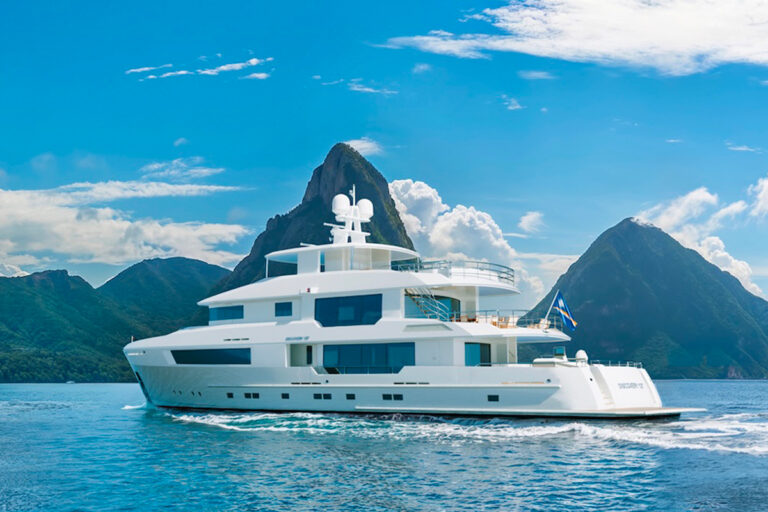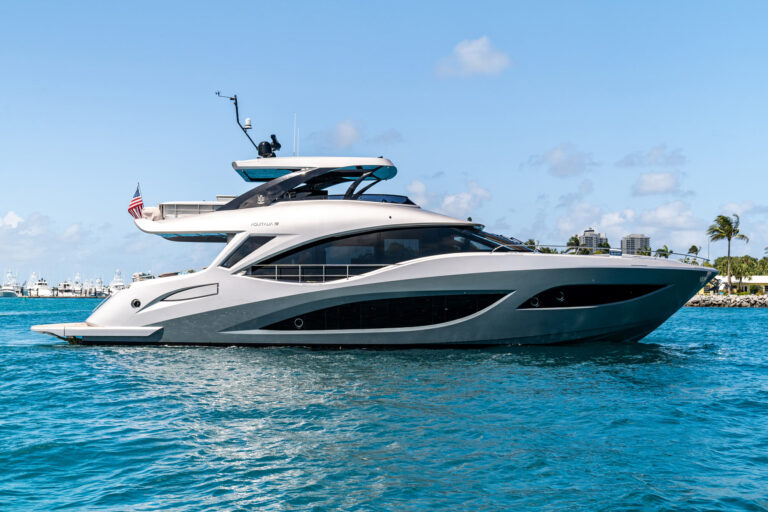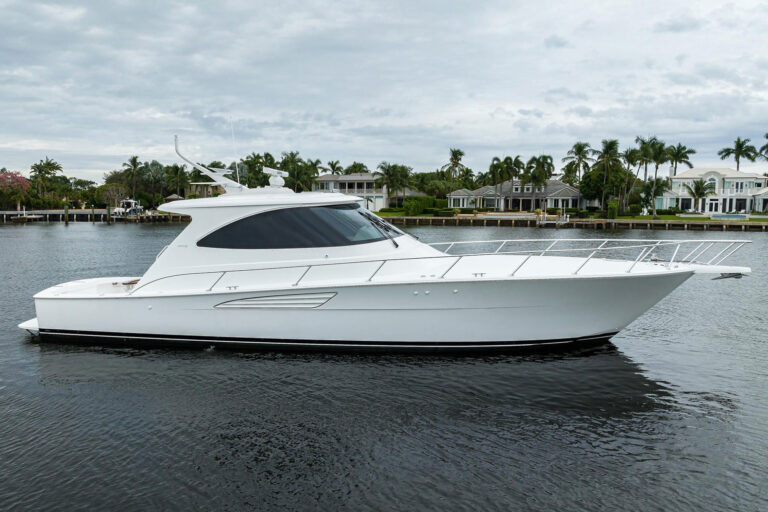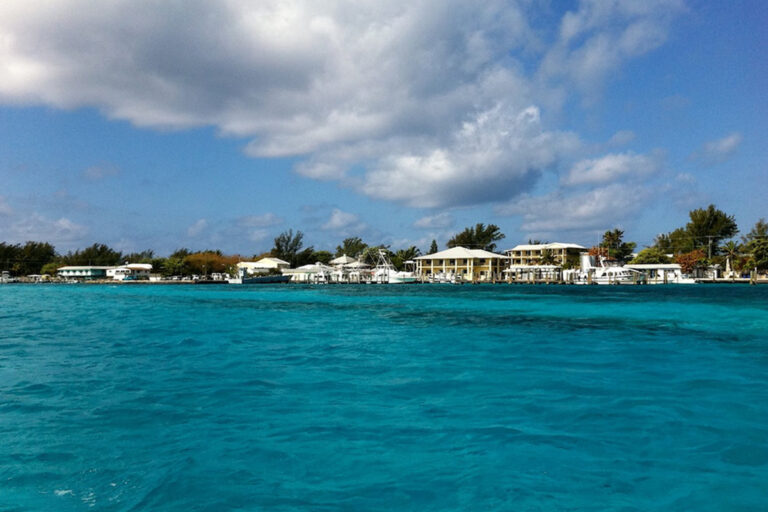The Atlantic Intracoastal Waterway, developed after World War I for submarine-proof coastal shipping, has become a waterborne highway for yacht transport and a cruising destination unto itself. Though traveling the waterway is generally serene, we’ve all had our tranquility torpedoed by a discourteous fellow boater.
In reality, the errant yachtsman in question is probably not acting out intentionally; rather, he probably doesn’t know or understand some of the intricacies involved with cruising the ICW. Going beyond the rules of the road, there are several areas where in-depth knowledge can make your ICW cruise go smoothly.
Many unpleasant episodes on the ICW involve wakes. Everyone knows what one is, but few people really study the way wakes travel from their own yachts. Note the angle of the wake as it leaves the boat and the distance it travels. At fast or slow speeds, a wake will likely affect things immediately to the left or right of the boat’s course. But just above or below planing speed, it may travel almost parallel to the boat’s path, rolling far ahead of where it’s created. One boat owner received a sizable bill when his wake carried well ahead of his 62-foot sportfisherman and right into the town of Belhaven, on the apex of a bend in North Carolina’s Pungo River. The long “swell made while on plane” will carry much farther than a similar “chop produced at 8 knots”, just as ocean swells radiate hundreds of miles from storms. Be sure to consider this in areas like Florida’s Indian River, where many docks lie from a quarter-mile to nearly 2 miles away from the ICW channel.
It might sound elementary, but when it is clear you’re going to be overtaken, slow down and allow the other skipper to pass. Once the approaching vessel slows to idle, angle toward her to get through the wake quickly. Wake control is particularly important for all boats passing construction zones, boat ramps, beached boats or wading fishermen. Use binoculars to look for the unexpected. Once, while I was in North Carolina, my wake rolled up a long, low spit of land-right into the open side door of a fisherman’s van.
While the threat of submarines has abated, the waterway is still a busy shipping route. A heavy barge will flatten head-on waves, but a large wake from an overtaking boat may twist a tug away from its barge, parting the cables that join them. Pass dredges at very slow speed on the side marked for safe passage with two black diamonds. Recently, at “Confusion Corner”, where the ICW crosses Florida’s St. Lucie River, a dredge was taking up most of the channel. Thankfully, I remembered the phrase “diamonds are a girl’s best friend” from a boating course I took long ago. If in doubt, radio the dredge.
VHF channel 13 is often used to communicate safe passage. Be clear on the radio. “Southbound tug and barge, this is the sailing vessel Harmony on your bow on channel 13.” The skipper immediately knows you are addressing him, which boat he is dealing with and which microphone to grab. (Commercial vessels are required to simultaneously monitor channels 13 and 16 with separate radios.)
Bridges are another setting for ICW war stories. Know your height and the bridge clearance beforehand, and allow boats that can traverse without an opening room to pass. Let faster boats move to the front, and give large motoryachts maneuvering room; they often have poor visibility astern and considerable windage. Restricted bridges can be quite trying. In heavily traveled Wrightsville Beach, North Carolina, the bridge opens only once per hour, creating just the right mixture of boats and impatience to set off some fiery verbal barrages.
Sloppy navigation is another impediment to ICW quietude. Electronic charts have come a long way, but paper charts are essential for waterway navigation in this area. Plotters don’t show enough detail over a large enough area. Keep track of your progress with channel-marker numbers. “Red, right, returning does” not apply on the Intracoastal; rather the rule is red, right when traveling clockwise around the country. A simple memory aid is to keep red markers toward the “heartland and green markers toward sea”. Before running through Georgia or South Carolina practice using range marks both ahead and astern. While ranges are common in commercial ports, many yachtsmen are not familiar with them, and they are the only markers posted in many places along the ICW.
To avoid frustrating experiences, allow enough time for your ICW cruise. Even fast sportboats will be hard-pressed to cover more than 100 miles a day. Pressing along on too tight a schedule will take its toll. Remember, this is a pleasure cruise, not combat patrol.









